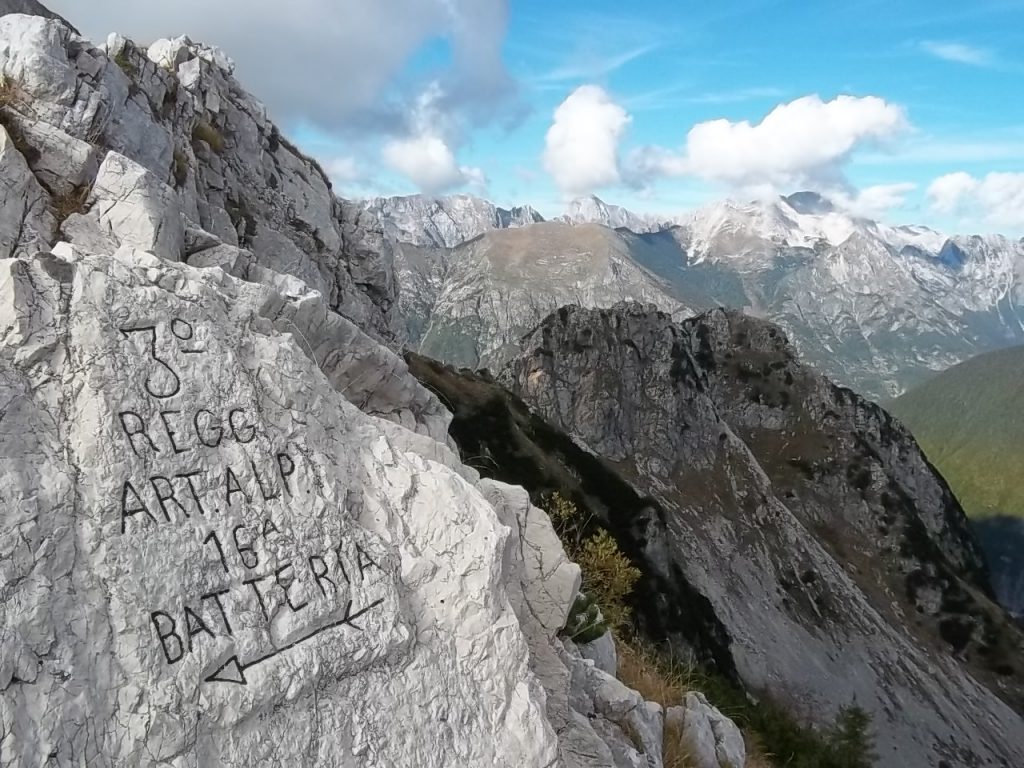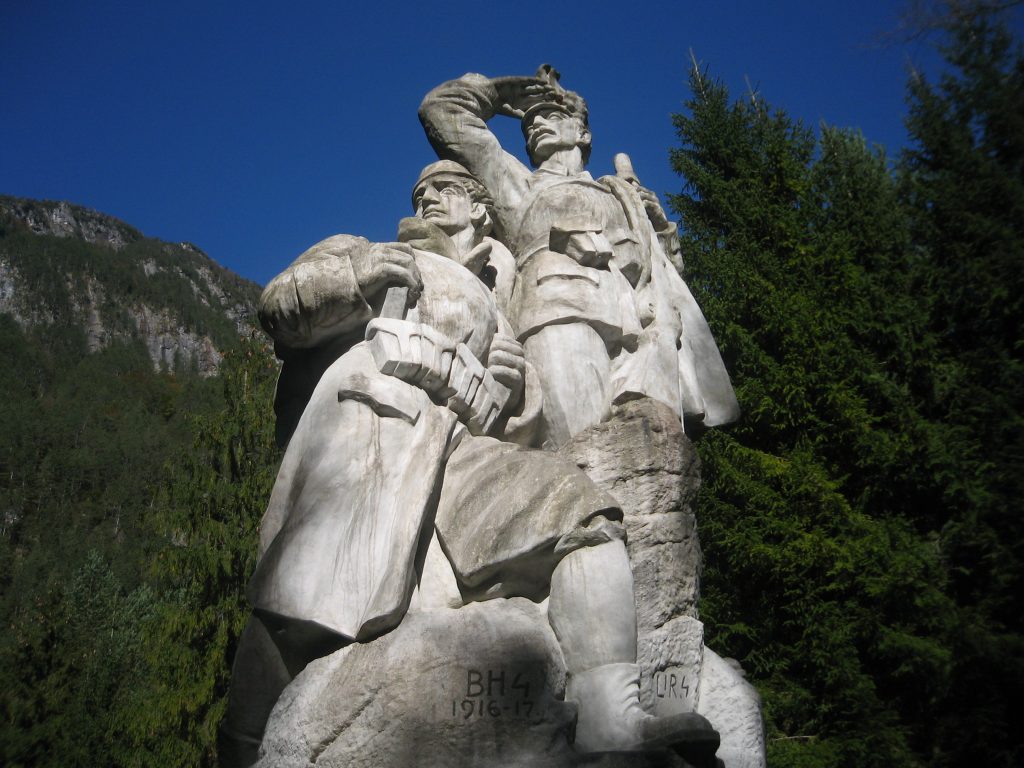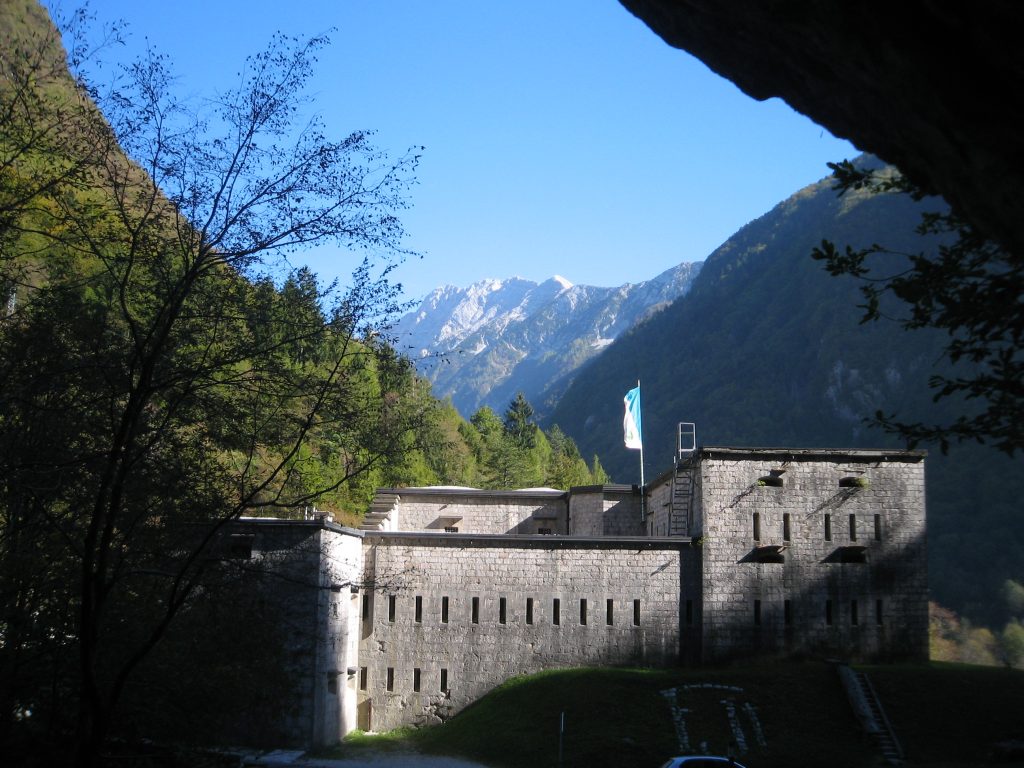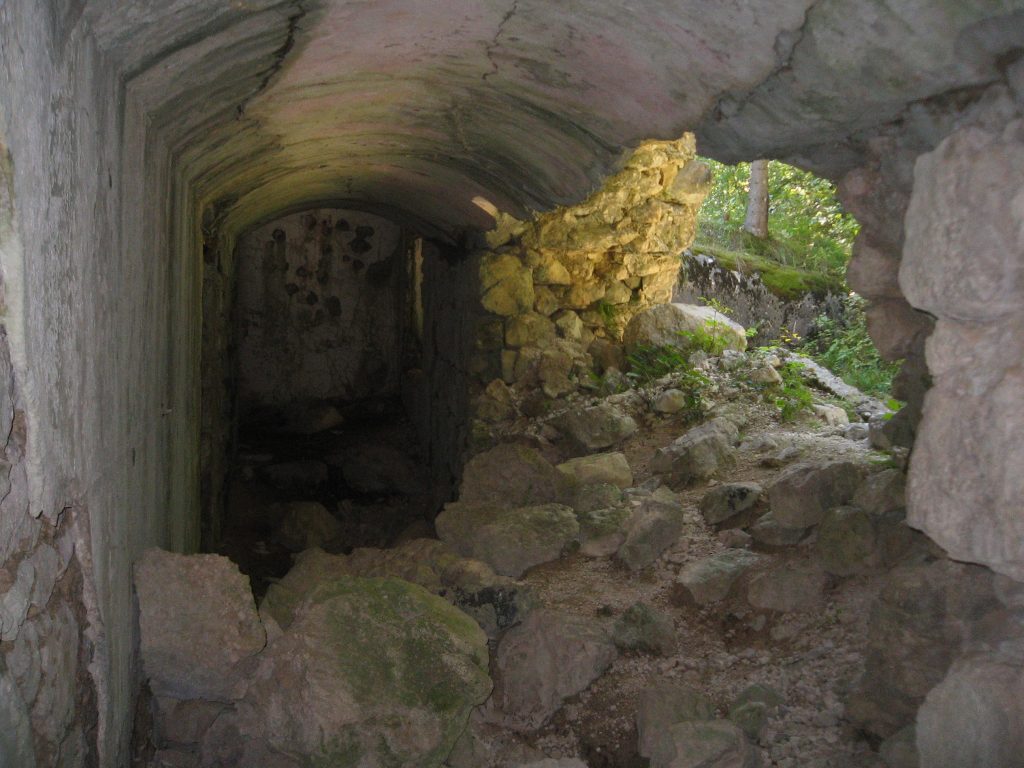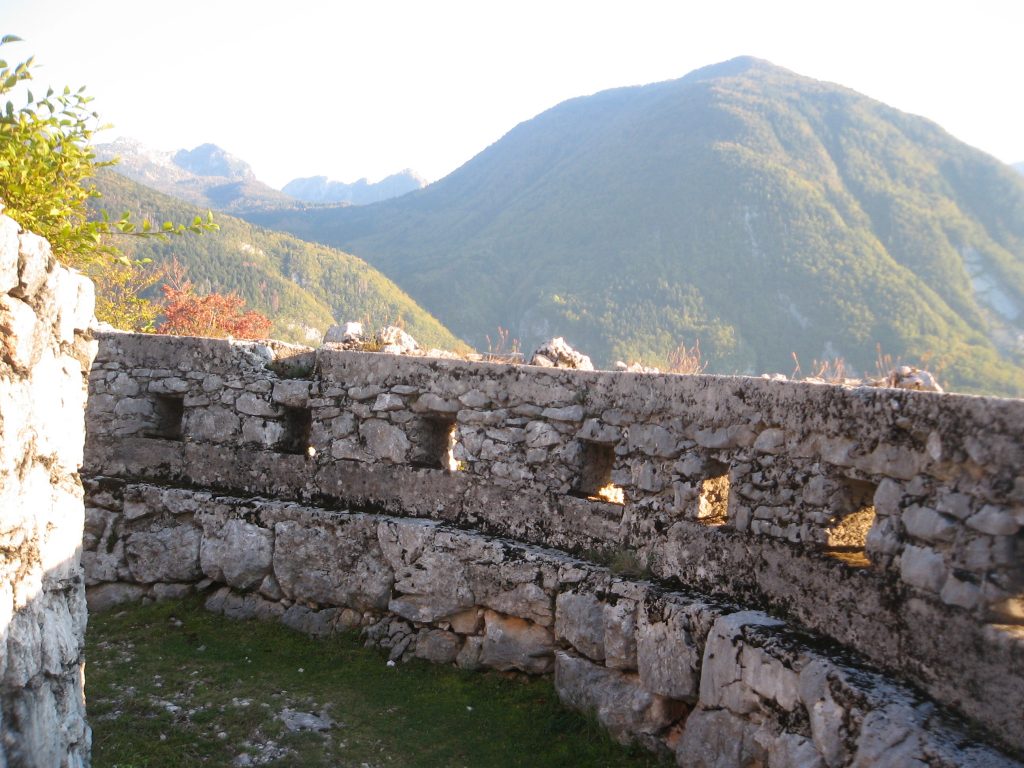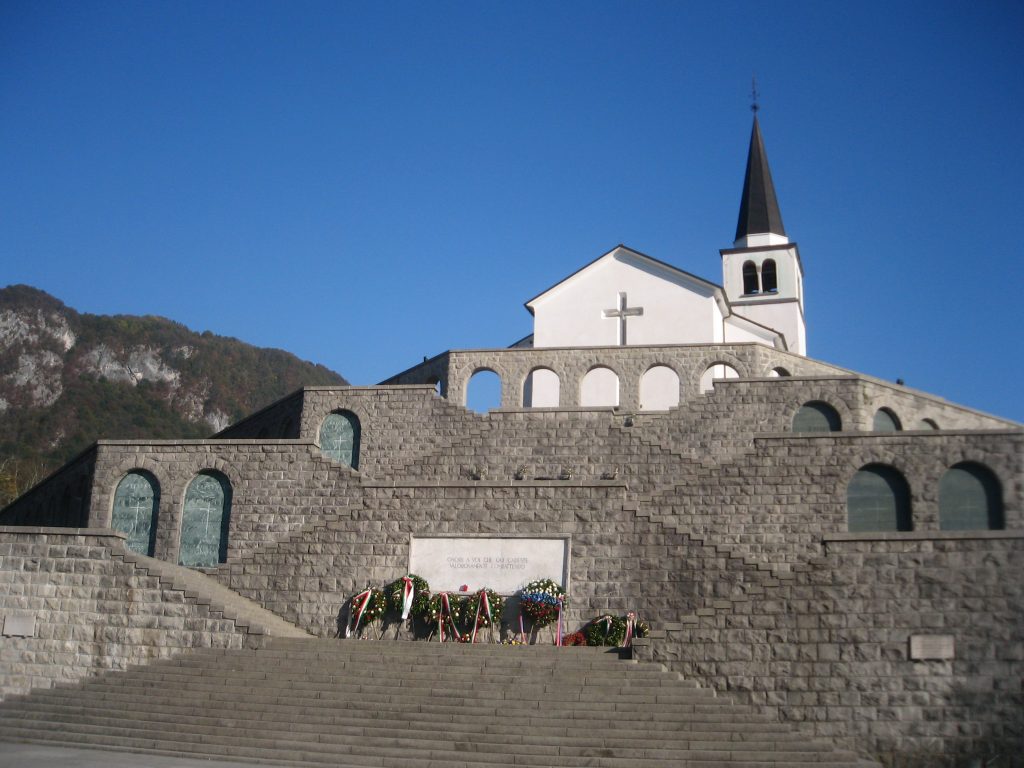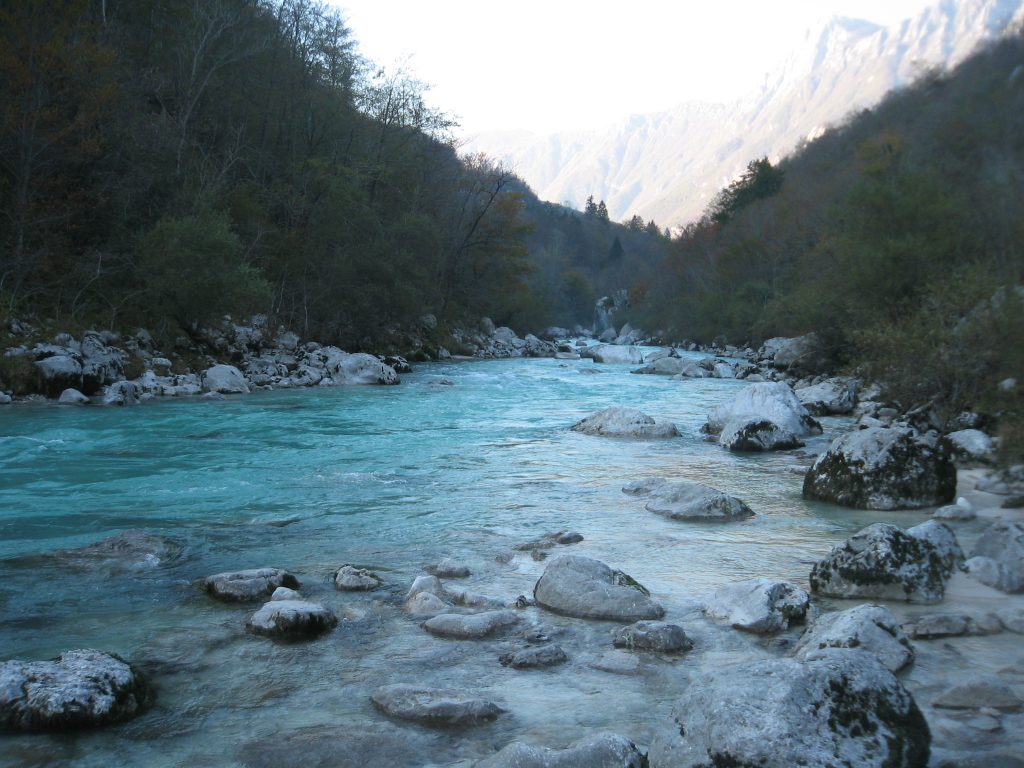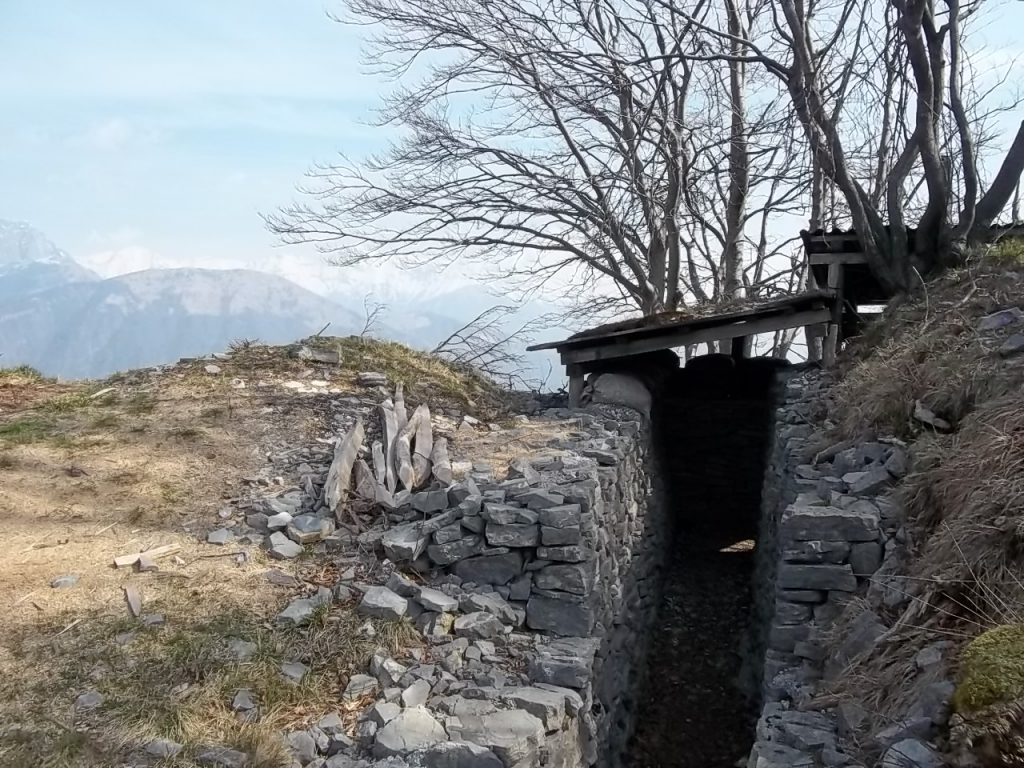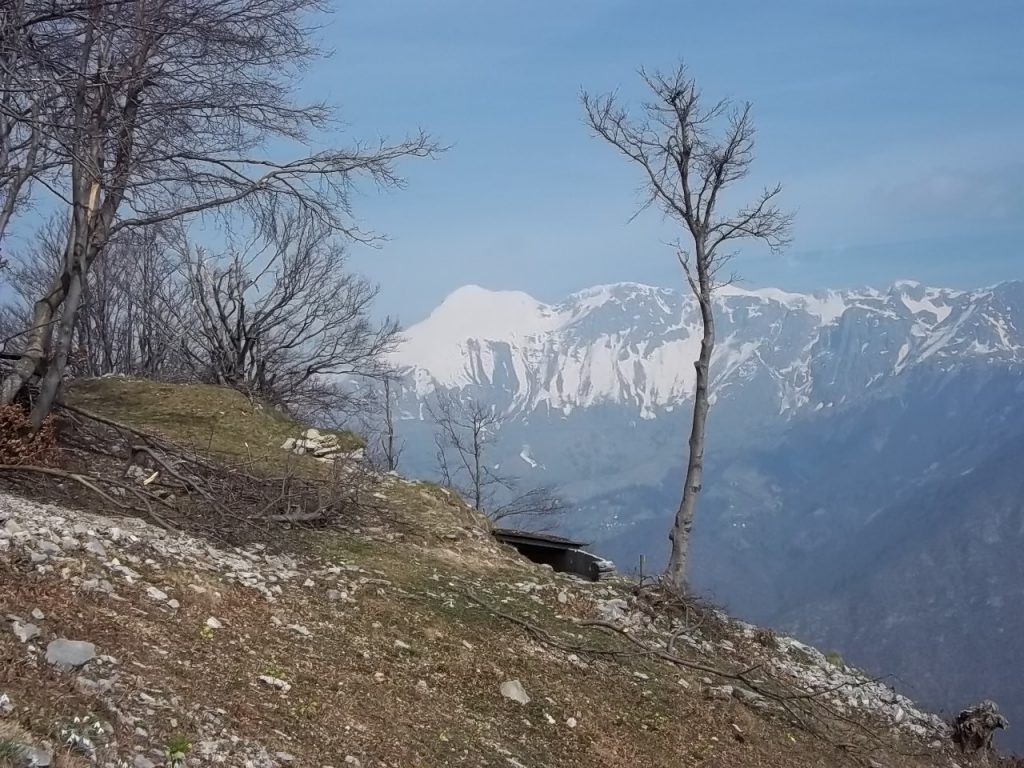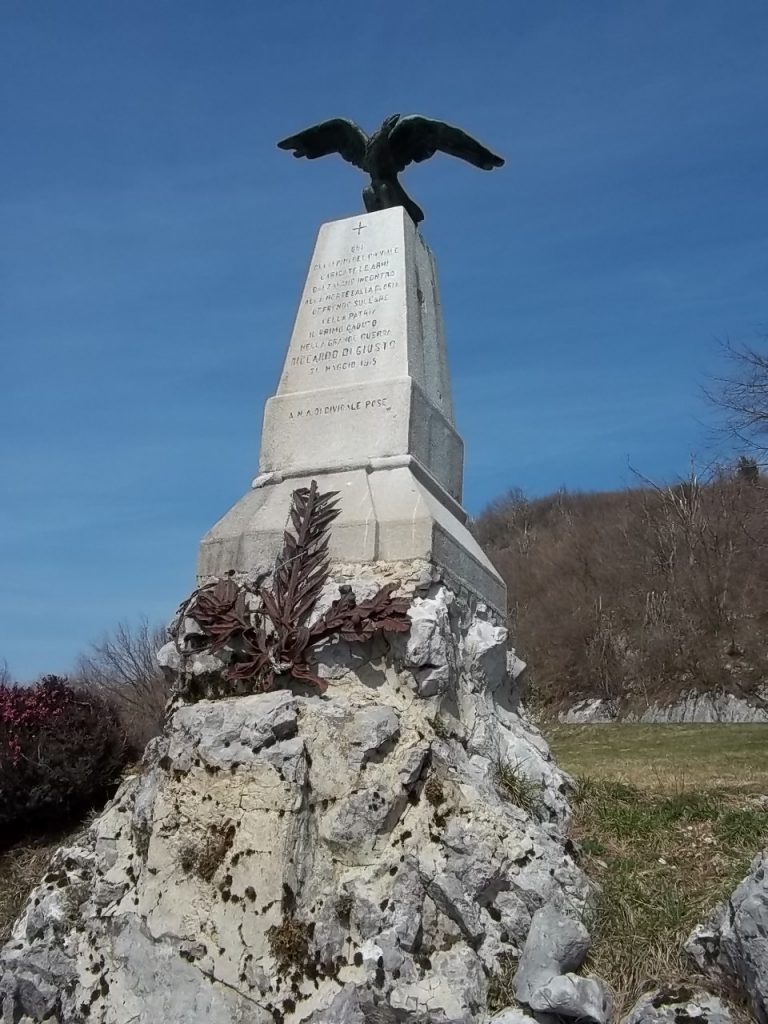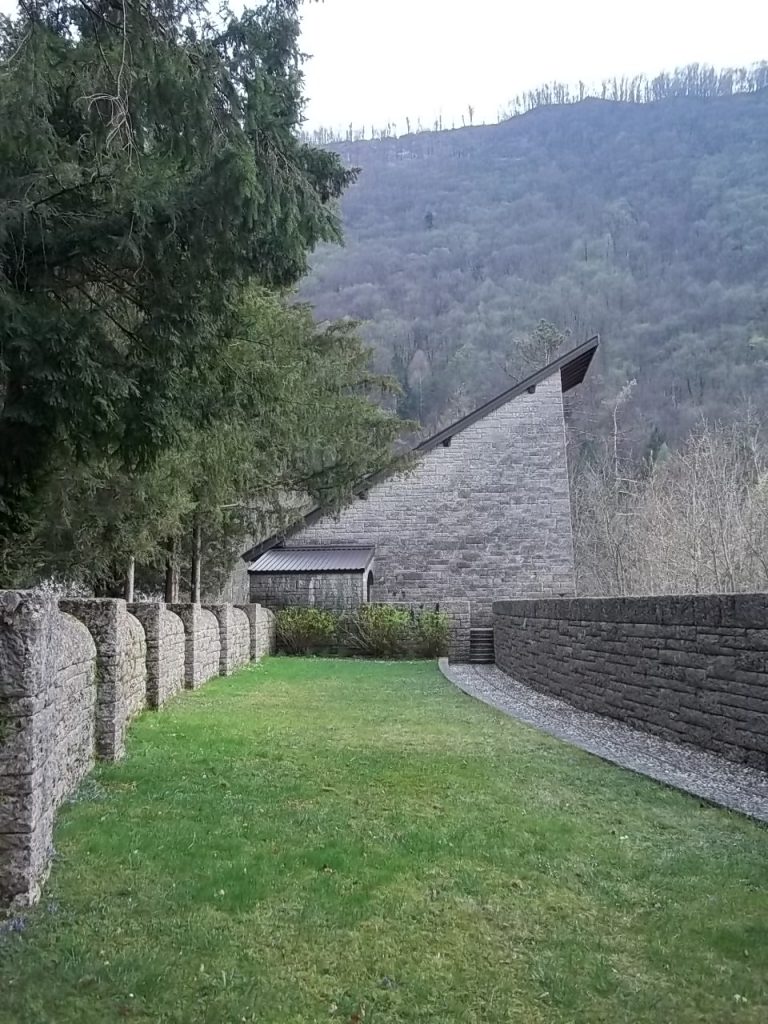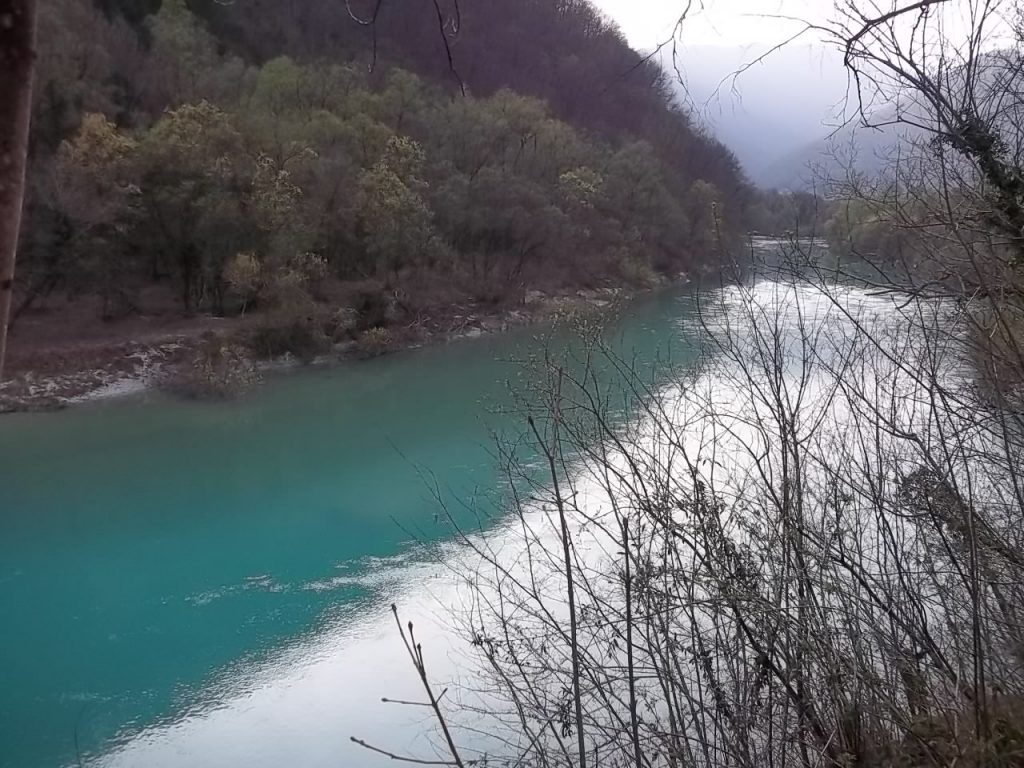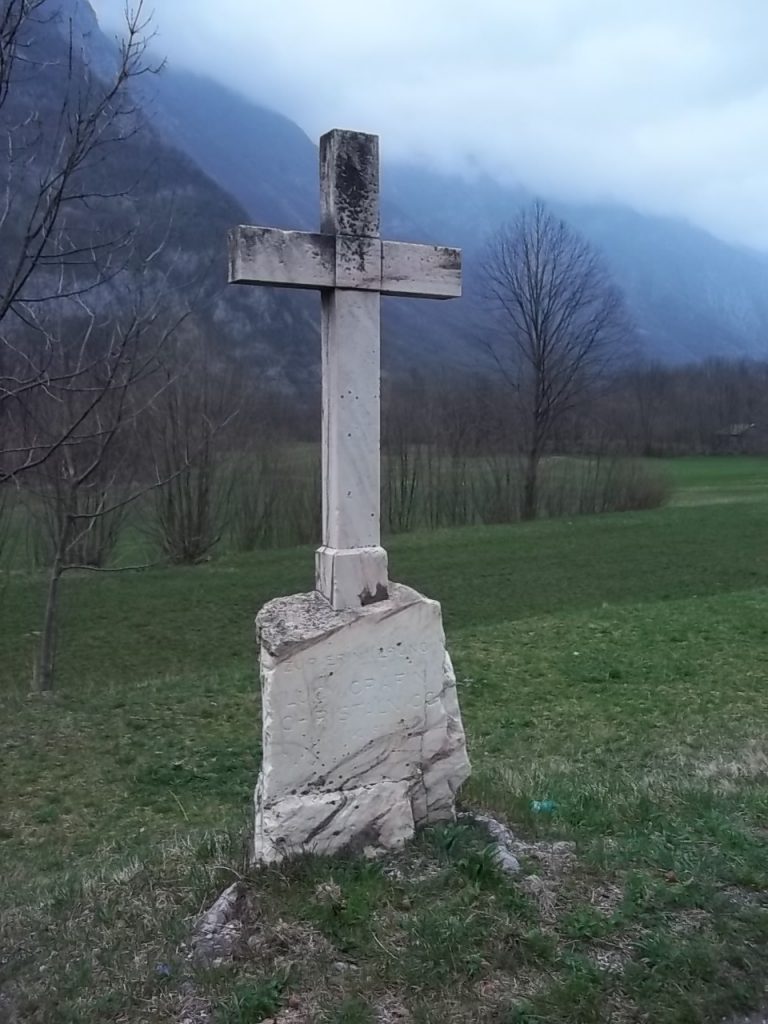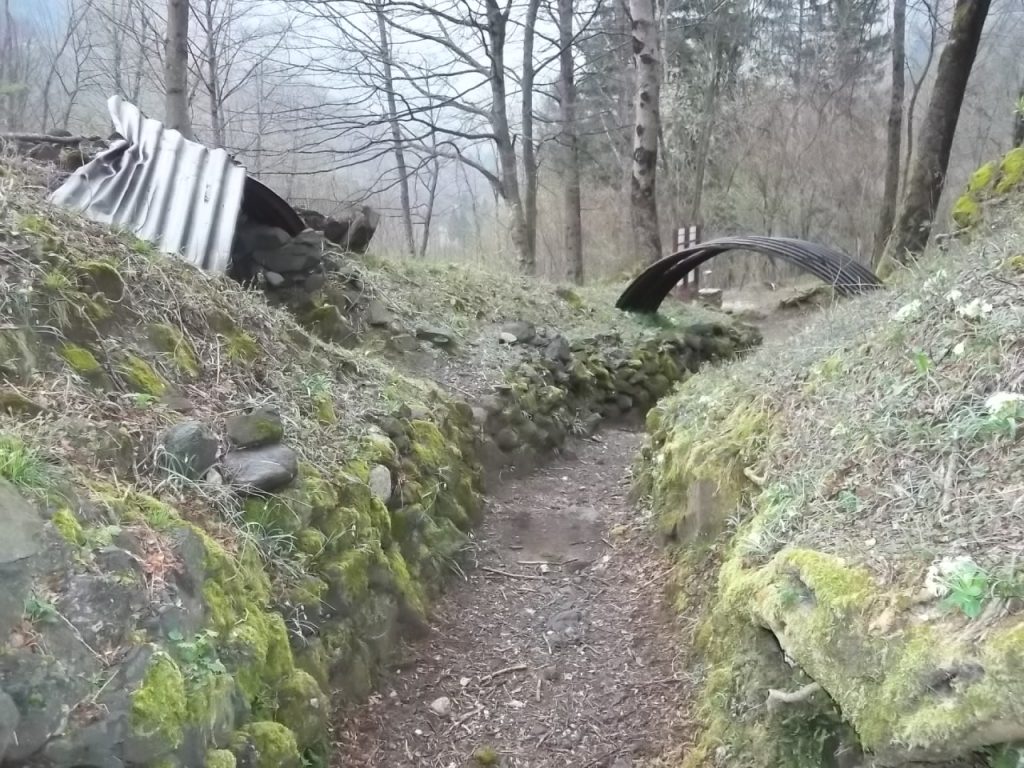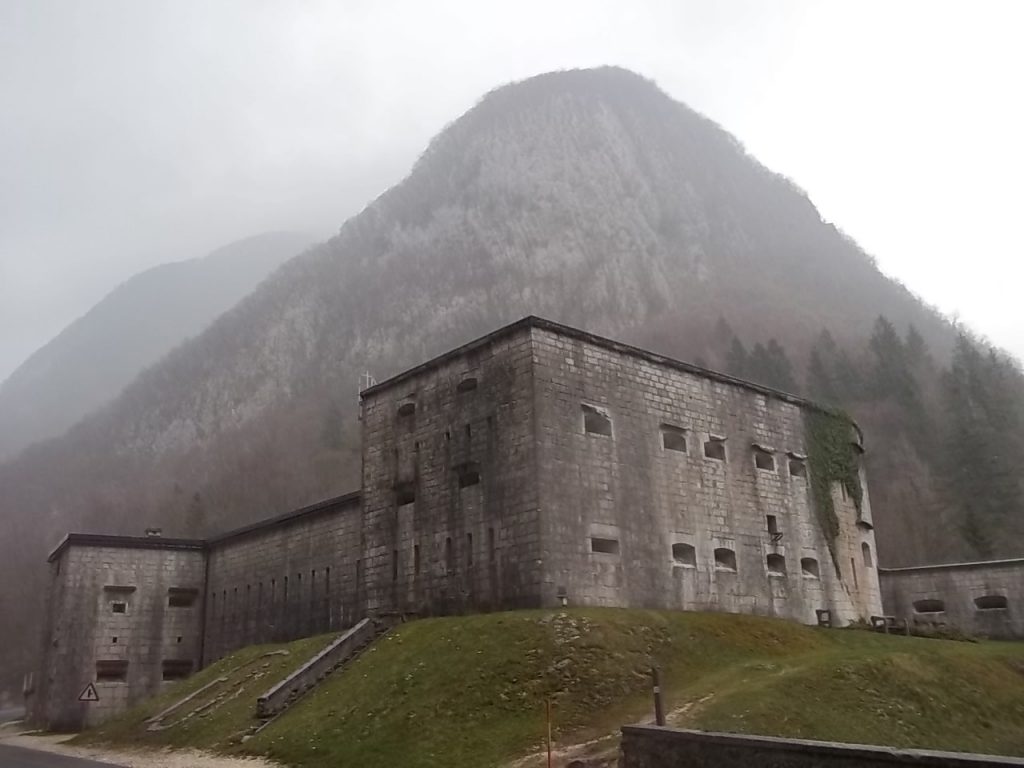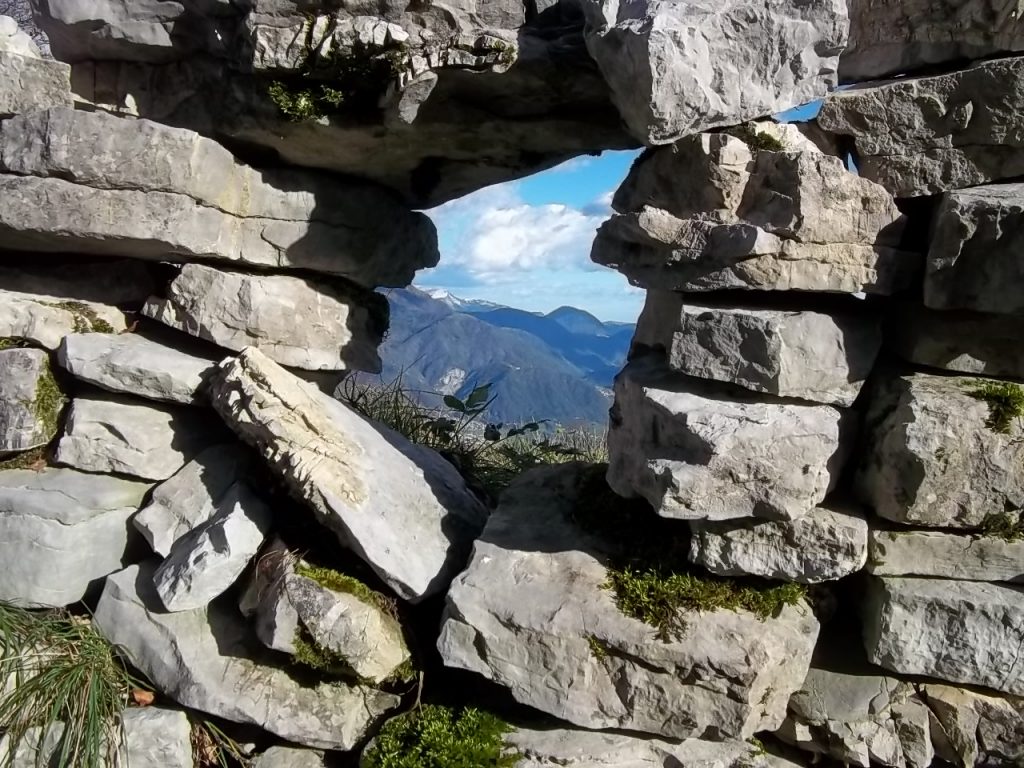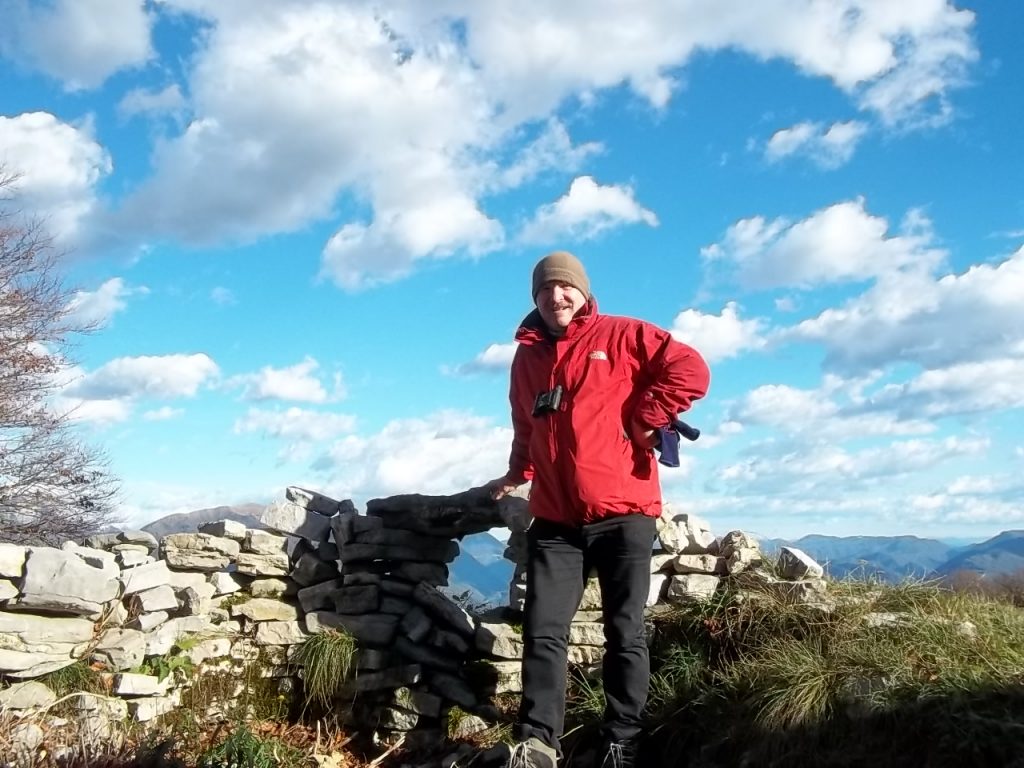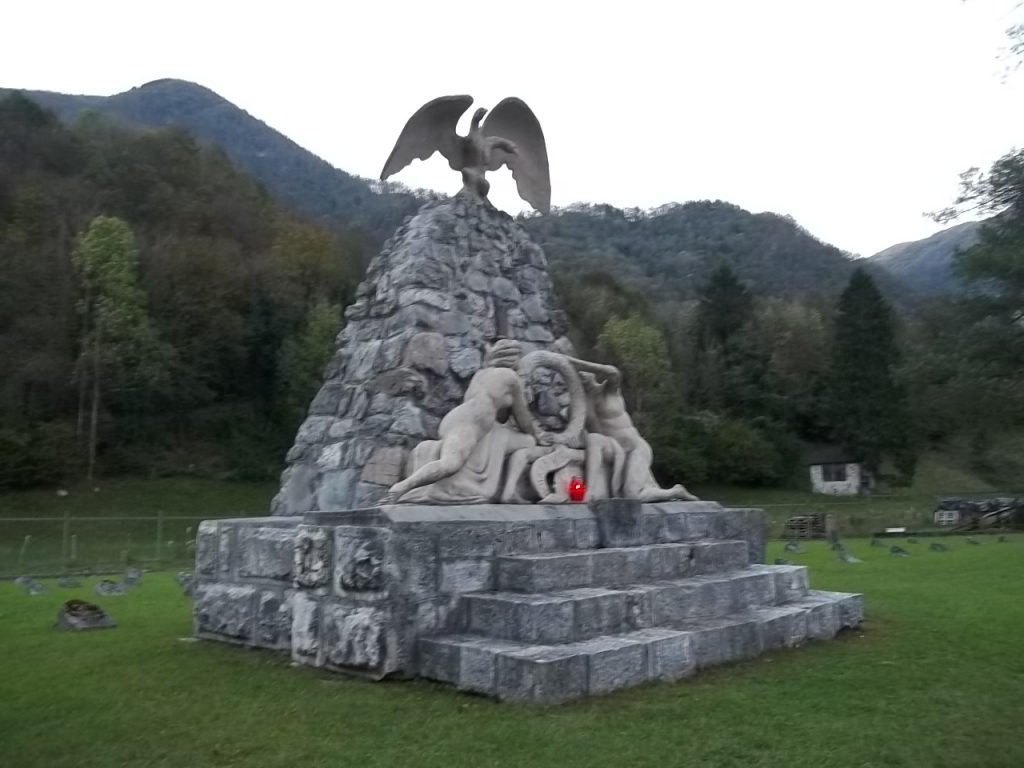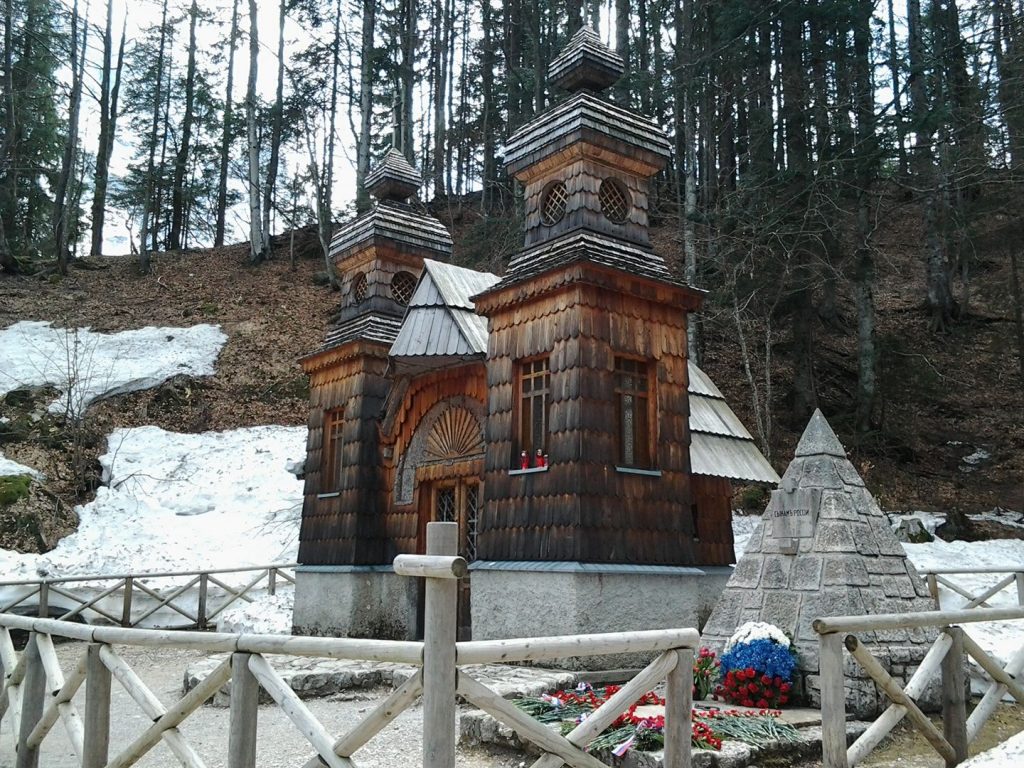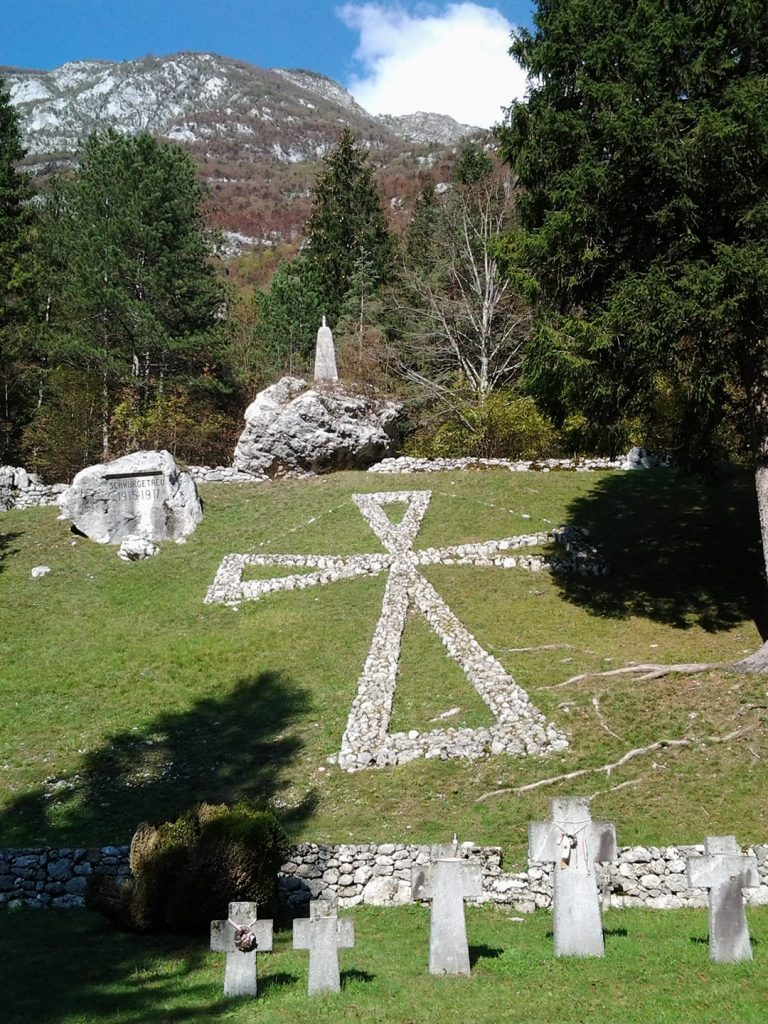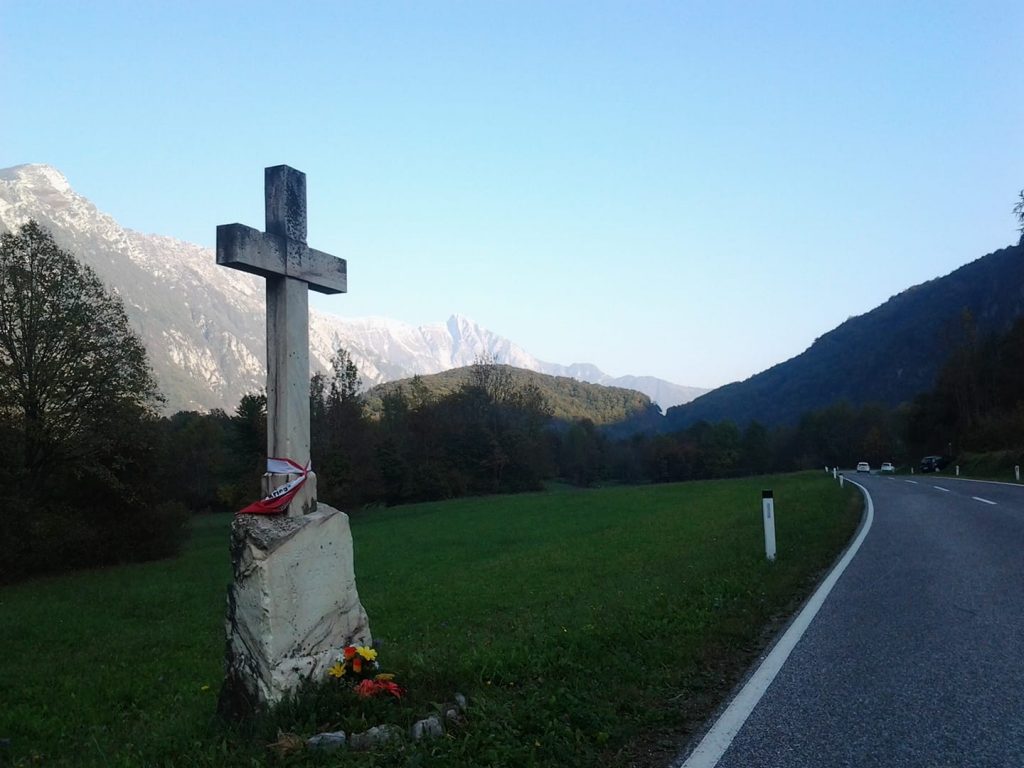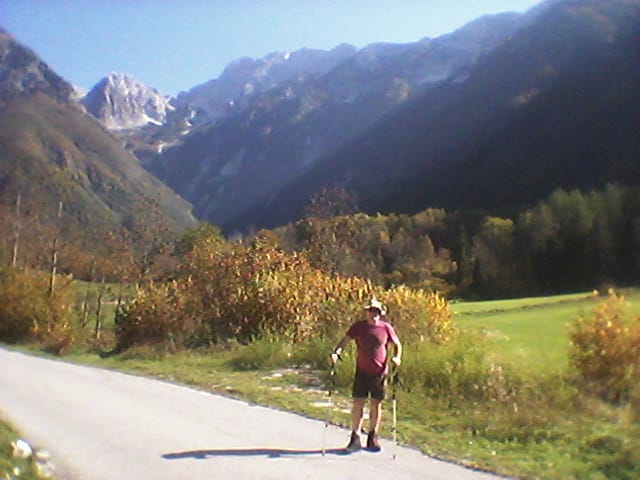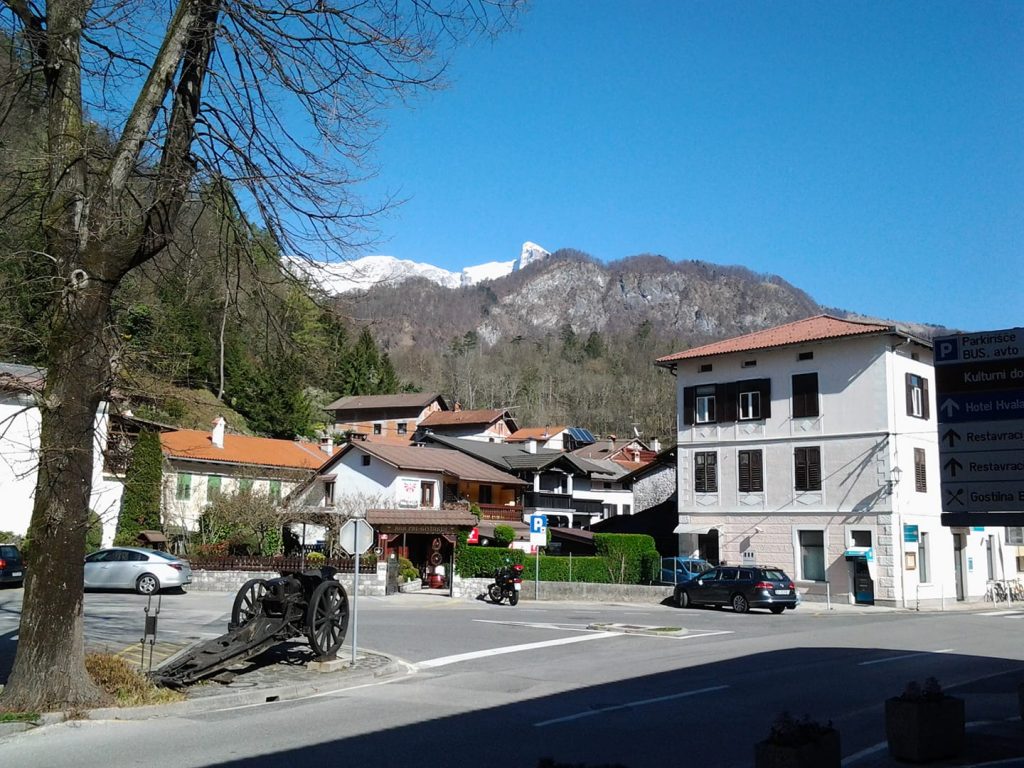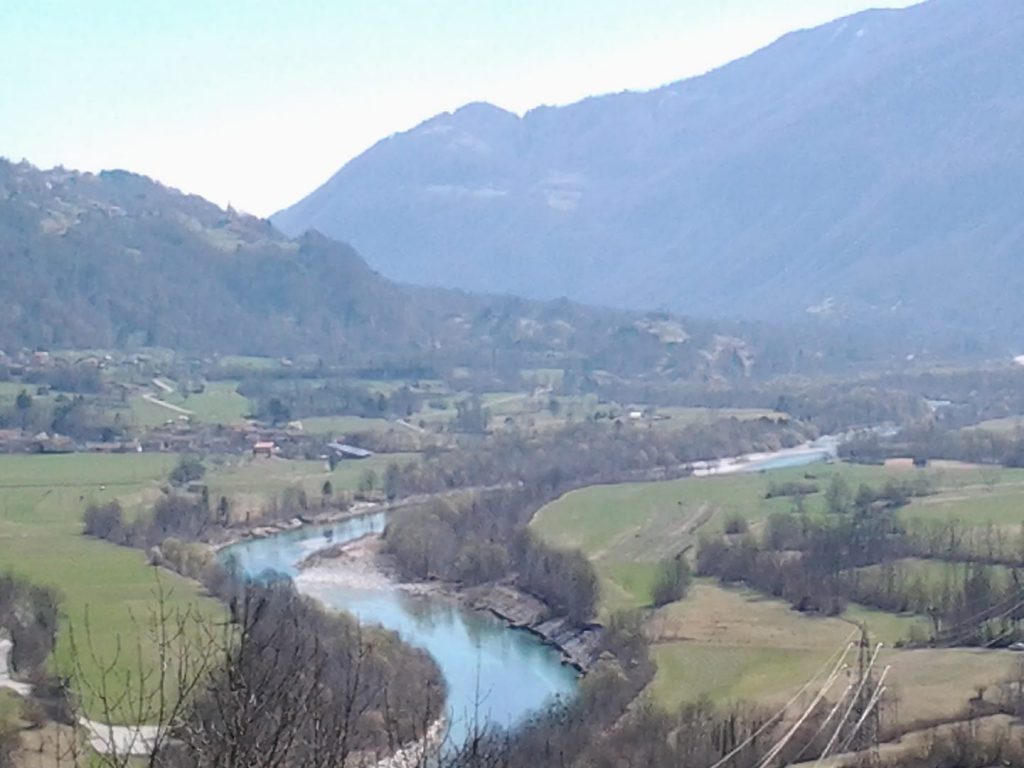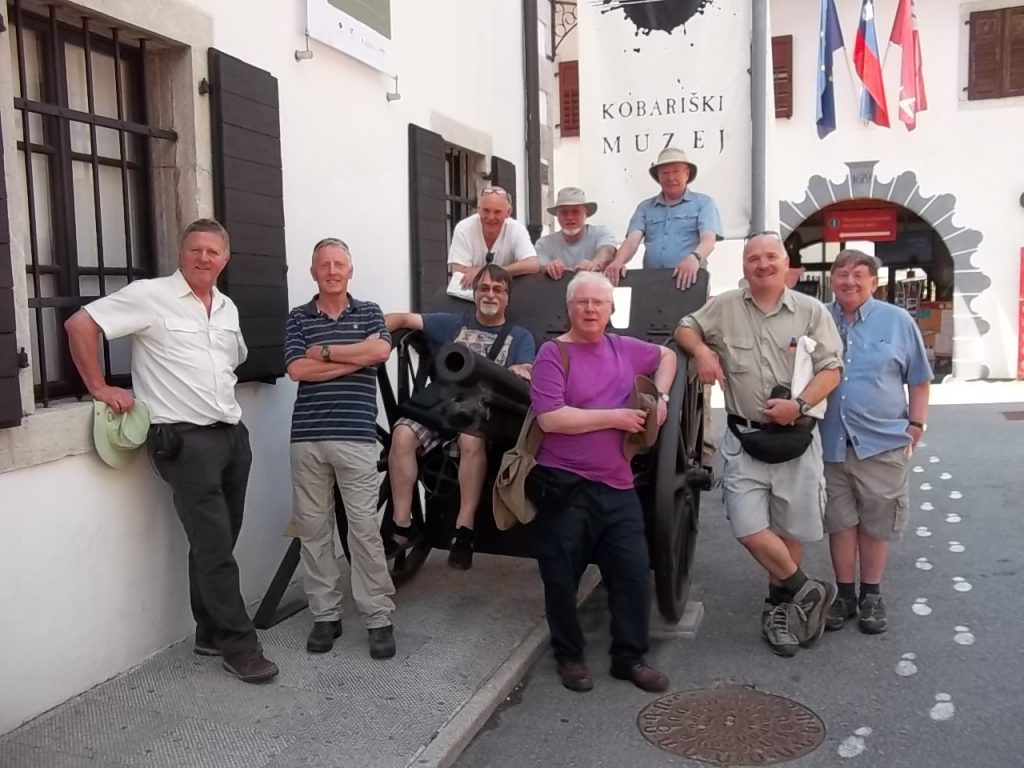Tour 11 – Three-day tour of the Isonzo Front
Itinerary Day One
- The Kobarid (Caporetto) museum
An excellent, award winning and moving museum telling the story of the twelve Battles of the Isonzo through artefacts, maps, photographs and a three dimensional depiction of the Soca Valley and the Julian Alps.
It is the perfect place to start the tour to gain an overall understanding of how the battles evolved during the Great War.
- The Italian Charnel (Ossuary) House
Built into a 300 metre hill topped by the 17th century church of Saint Anthony, the Ossuary contains the remains of 7,014 Italian soldiers who fell locally during the Great War.
It was inaugurated by Benito Mussolini in 1938.
- Trenches in Kolovrat
Kolovrat is an extensive and well preserved set of original trenches, caves and fortifications which formed part of the third line of defence of the Italian Army on the Isonzo Front. The trenches lie 1,115 metres high in the Julian Alps which dominate the Soca Valley below and they also overlook the Adriatic sea.
Their formidable position did not however prevent their capture in a matter of hours in the ‘Miracle of Kobarid’ Battle in October 1917.
- Ervin Rommel’s Headquarters
Ervin Rommel was a German Lieutenant leading Alpine troops at the Battle of Caporetto. His exploits earned him his country’s highest military award, the Pour Le Merite or informally known as the ‘Blue Max’. His HQ and trenches at Jevscek have been restored.
Itinerary Day Two
- Ravelnik trenches, Bovec
The village of Bovec was attacked by the Italians in the very first Battle of the Isonzo in June 1915 and the lines settled on the hills and and mountains above Bovec. Ravelnik was where Austria had their front line positions overlooking the valley.
A short and circular walk takes in the preserved trenches, caverns and bunkers.
- Celo – Viewpoint and Observation Post
Celo meaning ‘forehead’in Slovenian, is on a hill-top position and it gave a tremendous view over Bovec.
The Austrians built an observation post here and it played a vital role in defence and attack due to its 200 metre high position with gun emplacements.
- Kluze and the Hermann fortresses
Sited on an important road high above a gorge, many fortresses had stood here over the centuries to defend against enemies as varied as the Turks and Napoleon.
Its current form dates from the 1880s and it was a key Habsburg command post, protected from artillery by its sheltered , valley position. To offer better observation, however, an upper fort, called Hermann, was added as the 20th Century dawned. It was heavily shelled by and damaged by the Italians.
- Soca and Log cemeteries
The Austrians had medical facilities nestled in the valley linked to the trenches located in the mountains. Those who died were buried close by in military cemeteries and memorials were erected. Two good examples are visited in the vicinity.
Bosnian troops served with the Habsburgs and the Log cemetery has a magnificent stature of one of these fez-wearing soldiers honouring his comrades.
- The Russian Chapel
In early 1915 with Italy’s entry into the war obviously imminent, the Austrians built a new road across the 1,611 metre high Vrsic pass to the strategically important Julian Alps. They used Russian POWs to build and maintain it. Conditions were harsh and over one hundred prisoners died, mostly by avalanche.
Their comrades built a Russian Orthodox chapel in their memory.
Itinerary Day Three
- The Oslavia War Memorial
Designed in the style of a fortress in the Fascist era, the Oslavia memorial contains the remains of 60,000 Italians from the Isonzo campaigns, including four Generals.
A bell tolls each evening in memory of the fallen.
- The Redipuglia War Memorial
Dominating its surroundings is the vast Redipuglia Memorial, Italy’s largest, and commemorates 100,000 Italians whose remains are interred here. The Memorial is located on Monte Sei Busi where heavy fighting took place.
Twenty-two terraces ascend and contain 40,000 niches with coffins of the named soldiers. At the top is a chapel flanked by the two mass graves of another 60,000 unknown soldiers.
Opposite is a memorial park and a museum.
- Tolmin German cemetery and Ossuary
The Germans played a key role in the ‘Miracle of Kobarid’ and their fallen were collected and an Ossuary was built for them between 1936-38.
Almost 1,000 soldiers are remembered here and their names are commemorated on oak panels and a beautiful mosaic.
- The Church of the Holy Spirit, Javorca
In stunning scenery just behind their lines, the Habsburg troops built a Memorial Church in 1916 showing on the outside the Coats of Arms of all the Empire’s lands.
The Memorial Church is built mostly from wood: altar, ceiling and walls into which are engraved the names of 2,808 fallen soldiers.
Javorca, the Church of the Holy Spirit, has been given European Heritage recognition due to it’s beauty and importance.
- TOUR MEETING POINT
Ljubljana Jože Pučnik Airport
Further information
- Our tours are purely personal with the same family or group with no other people joining the tour which is in line with the Covid-19 regulations.
- With the itinerary listed we offer complete flexibility so if you wish to amend the itinerary for example to visit an ancestor’s grave or a particular memorial or to an area you would like to be included we can check on the feasibility of this.

